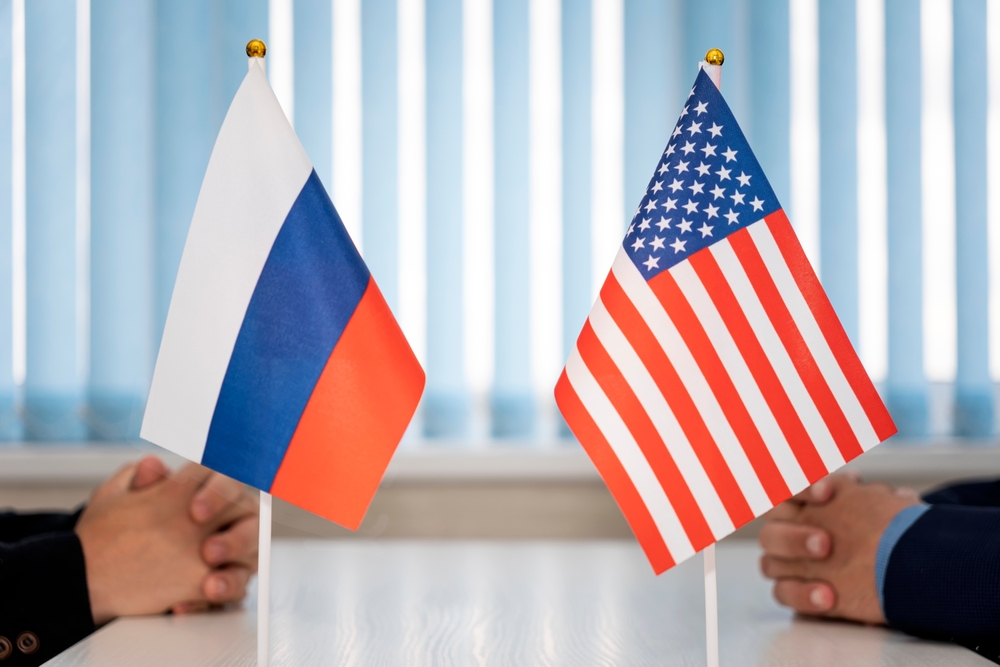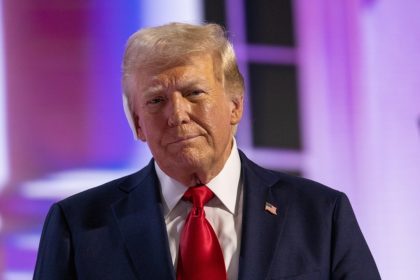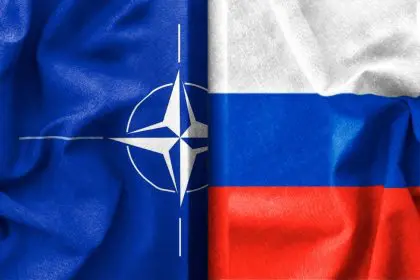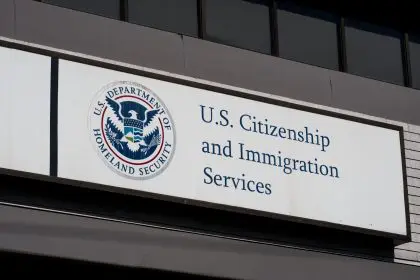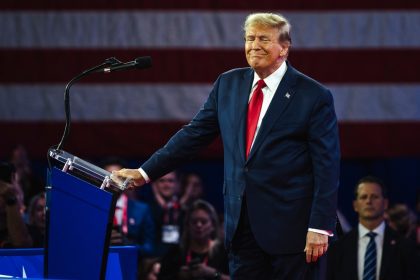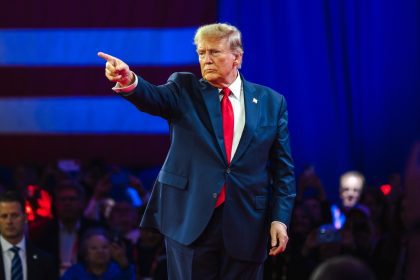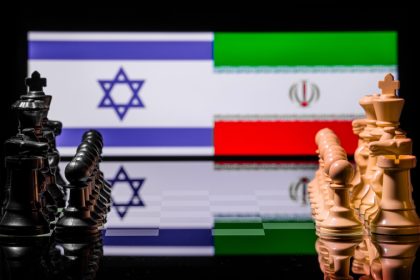Despite ongoing tensions over Ukraine, cyberattacks, and shifting alliances, a top Russian official said Thursday that relations with the United States remain “generally stable,” offering a rare optimistic note amid a backdrop of geopolitical strain.
The surprising statement from Moscow suggests that diplomatic channels remain functional even as public rhetoric between the two powers continues to escalate over multiple global flashpoints.
A surprising tone from Moscow
Russian Deputy Foreign Minister Sergei Ryabkov made the comments during a press briefing in Moscow, stating that while the U.S.-Russia relationship continues to face “sharp fluctuations in tone,” the underlying diplomatic channels remain open.
“It’s a zigzag pattern, not a collapse,” Ryabkov said. “We maintain communication on multiple fronts, and while not always public or harmonious, it continues productively.”
This statement comes amid ongoing U.S. sanctions, disputes over cyber interference, and clashing positions in international bodies like the U.N. However, Ryabkov emphasized that both nations continue cooperating on select issues such as nuclear arms control, diplomatic staffing, and anti-terror coordination.
Why this diplomatic messaging matters
Ryabkov’s comments stand out in a year marked by tense rhetoric between Washington and Moscow. With the war in Ukraine grinding on, U.S. support for NATO increasing, and frequent cyberattack accusations flying in both directions, most analysts had pegged the relationship as near its post-Cold War low point.
Yet this message from the Kremlin suggests that behind the scenes, diplomacy is still functioning, albeit cautiously. The acknowledgment of ongoing communication indicates both sides recognize the dangers of complete diplomatic breakdown.
The timing of these conciliatory remarks also raises questions about Russia’s strategic positioning as global alliances continue to shift and evolve.
The zigzag diplomacy model
According to Ryabkov, the two powers have moved away from “grand overtures” and now operate on a more pragmatic, issue-by-issue basis. This fragmented engagement allows for progress on strategic arms discussions or crisis de-escalation while avoiding direct confrontation on thornier matters.
A senior Western diplomat familiar with backchannel communications confirmed that while tensions remain, both sides recognize the risk of full diplomatic breakdown and are quietly working to avoid it. “This relationship is not warm, but it’s not broken either,” the diplomat said.
This approach represents a significant shift from previous attempts at comprehensive diplomatic resets that ultimately failed when broader disagreements emerged.
Areas of quiet cooperation
Despite intense public disagreements, U.S. and Russian officials have continued dialogue on several critical issues. New START treaty compliance discussions continue, ensuring both nuclear powers maintain communication about their strategic arsenals.
Counter-narcotics operations in Central Asia have also continued, with both countries sharing intelligence and coordinating efforts against drug trafficking networks. Space station management under NASA-Roscosmos partnerships remains functional, demonstrating how scientific cooperation can transcend political tensions.
Embassy staffing agreements, though strained, continue to function, allowing both countries to maintain diplomatic presence even during periods of heightened tension. These small but critical channels have helped prevent total diplomatic collapse even as larger geopolitical rivalries intensify.
What’s driving Russia’s softer tone
Several factors may be influencing Russia’s more measured messaging. With China and BRICS nations asserting more influence, Russia may be signaling openness to balance its international relationships rather than relying solely on confrontation with the West.
Economic fatigue from sanctions and trade restrictions may also be weighing on Russia’s economy, making limited cooperation with the U.S. more attractive for alleviating some pressure points.
Additionally, with the U.S. headed into a presidential election, Moscow may be positioning itself as measured rather than provocative, potentially hoping to influence American political dynamics or prepare for potential policy shifts.
The pragmatic reality
Ryabkov’s remarks highlight the complex reality of great power relations in the modern era. Even amid sanctions, proxy conflicts, and political bluster, the two nuclear powers must maintain some level of communication to manage global risks.
This pragmatic approach acknowledges that complete diplomatic isolation would be dangerous for both countries and potentially destabilizing for global security. The “zigzag” pattern Ryabkov described may actually represent a more sustainable model than previous attempts at comprehensive cooperation or complete confrontation.
The key question now is whether this softer tone will translate into new arms control or diplomatic breakthroughs. Could quiet cooperation on cybersecurity or nuclear strategy resume? How will the U.S. respond — with equal calm or renewed scrutiny?
For now, Ryabkov’s remarks offer a reminder that in international diplomacy, what’s said behind closed doors often matters more than what’s shouted in press conferences. The acknowledgment of ongoing dialogue suggests both powers understand the importance of maintaining communication channels.
The broader implications
This diplomatic messaging comes at a critical time when global alliances are shifting and new power centers are emerging. Russia’s willingness to characterize relations as “stable” may signal a desire to maintain strategic flexibility rather than committing to complete confrontation with the West.
The success or failure of this zigzag diplomacy model could influence how other major powers manage their relationships amid increasing global tensions and competition.
Russia’s characterization of U.S. relations as “generally stable” despite ongoing tensions suggests that diplomatic channels remain open behind the scenes. This pragmatic approach may represent a new model for managing great power competition while avoiding complete diplomatic breakdown that could threaten global stability.

